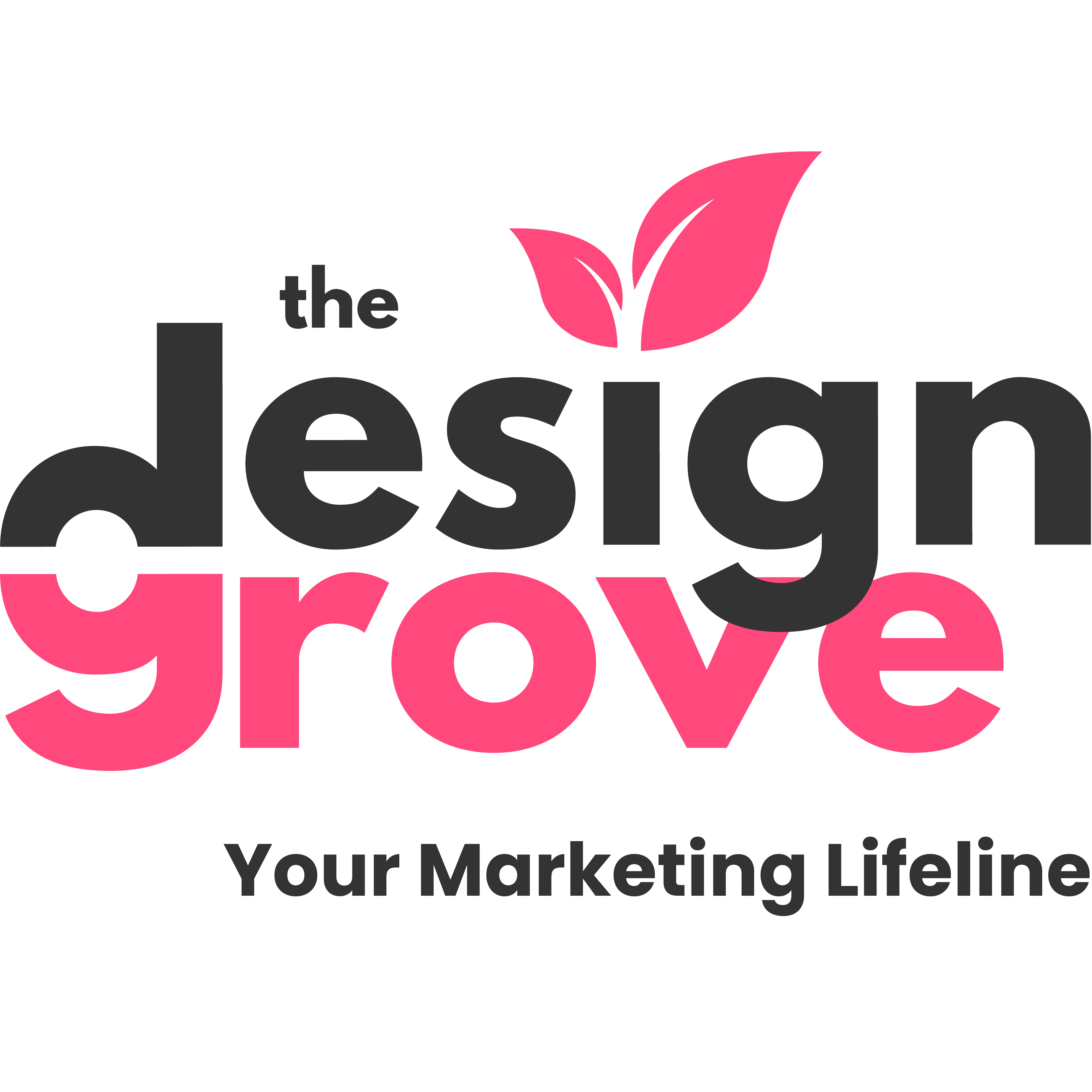In this blog we look at the pro’s and con’s of email marketing versus direct mail as part of your ongoing customer communication and marketing strategy and we will take a look at some things to be aware of if you start using one or both of these tactics.
What is Direct Mail?
Direct mail is part of the marketing communications mix, it involves sending a physical promotional thing, whether it’s a letter, a flyer, a postcard or a packet of biscuits to a customer.
It’s direct… to the customer.
Direct mail has had bad press over the years and competition from its cheaper sibling, email.
Whether you use email or good old snail mail, you run the risk of appearing spammy, so it’s difficult to get the balance just right and ensuring you send something that is creative, relevant, targeted and engaging.
This is where targeting is really important, because you’re imposing on your target audience and invading their personal space, they may give it a cursory glance, but you really want them to engage with it.
What are the pros and cons of Direct Mail and Email Marketing?
Direct Mail.
Customers do enjoy getting mail. Especially these days where email really has taken over. Getting an old-fashioned letter… remember those… is actually quite exciting. Therefor you might think they would get a better response.
It allows you to keep in touch with your customers in a very visible way. You won’t get ‘lost’ in a sea of emails, but you might get put in the bin if it’s not engaging enough.
It can be quite expensive. You get a varied level of quality direct mails these days, the stuff you keep tends to be better quality, there is something innate which stops us throwing something away that has clearly been well put together. This adds on the cost though!
You can be super creative. You don’t need to send out a boring letter, thinking outside the box is the key to getting your mailers noticed.
It’s difficult to track. If you put an action to fill out a form, or go to a specific page or place, or quote a code when you buy, perhaps you can monitor it’s effects, but there’s no guarantee you will capture it.
Postal marketing does not require the same consent as email marketing. Unlike email marketing, GDPR rules say that if your company can show your campaign is of legitimate interest to those you are targeting, the need for consent disappears.
Email Marketing
It’s affordable. A very cheap way to get your message across to your potential customers and existing customers.
Flexible. It allows you to communicate more often with your audience. Watch out for the spammyness.
Communicate widely, very quickly. You can get your message out to a wider audience very quickly, but you could be barking up the wrong tree if your mailing list isn’t well targeted.
It’s trackable. Email marketing software like Mail Chimp, have built in analysis tools which help you to see whether your email has been opened or binned. This helps you to see which campaigns have worked and which haven’t.
Creativity is a challenge. Other than the look and make up of your email template, it is difficult to be creative and produce really engaging communication.
You have to jump through GDPR hoops. Building up your email list the right way can be a bit of a daunting prospect, but those that do opt into your emails are more likely to care about what you have to say to them.
GDPR the basics
Something to be mindful of when you’re marketing via email these days are the laws surrounding data protection. The ICO provide guidance on this subject here. There are a lot of rules around how you build your list, having people opt in to being on the list and being able to opt out if you don’t want to continue receiving email. Take a look at the guidance and ensure you are following best practice.
With existing customer emails collected prior to the GDPR policy enforcement date, (May 2018) unfortunately it does mean that you have to go through a process asking people to opt in. You must also offer them the choice of opting out at any point in time. Not complying with GDPR can result in a fine, so it is important to do right.
Collecting your permission.
Sending your customers and email like the one below is a good way to keep your email list compliant and enable you to communicate to your customers/prospects.
Example;
Let’s keep in touch
If you’re like us, you’ve probably subscribed to loads of email lists from different companies. We don’t want to overwhelm your inbox but we want to know if you still want to receive emails from us with our latest marketing news, like our monthly newsletter for example.
Yes, send me the emails.
Too many emails, we understand. You can unsubscribe at any time. If you don’t click the button above, we will no longer send you marketing emails.
Building an email list
First things first, you can’t build an email list if you don’t know who you want on it. So be sure to have visited our blog about marketing strategy where target audience is covered in more detail.
You need to think about that all-important audience. What do they like and dislike, where do they tend to hang out, what social media platforms do they tend to use most? What do they like to read about? Are they gadget lovers? Would they like tips on something that you’re qualified to tell them?
People get hundreds upon hundreds of emails so the key to it is making sure that what you are sending them is going to add value to their lives. Don’t be tedious and spammy, be engaging and useful.
Visit this blog where we talk about Content Marketing. This is a key part of email strategy because having a raft of great content is going to make this job easier for you.
The next basic thing you will need is a website with an opt-in form. Giving your email list members somewhere to go in order to opt into your email list.
Once you have the opt in form, think about how you are going to entice people to join your mailing list. What are you going to give them? Something that adds value to them for free.
Then you can start asking people to subscribe. Sell it to them. Tell them why they should be on your mailing list. Start by asking the people you know. Post on your social media accounts. Run competitions or giveaways.
Your email list will grow, but remember, you are trying to build a lasting relationship with these people so that they will be your army of loyal referees.
Email Automation
So, you’ve got your email list and you’re not afraid to use it, how do you actually go about it?
The good news is, there are loads of free email automation platforms out there to choose from.
Thinking about automation in general however, is quite a lot to wrap your head around.
Your website, whether it is built in Wix or WordPress, offers email marketing options that are built into your website dashboard. In Wix your email options are within the Marketing Settings on your menu and this will take you through creating your email step by step. Or you can use one of the predesigned templates that is inbuilt. They make it easy for you to create your email with drag and drop.
Within WordPress, Mailchimp would be my go-to plug in.
Mailchimp has grown over the years from being a simple email marketing platform to a lot more. It allows you to manage your social media posting, Facebook and Instagram adverts, it has a built in CRM system on top of the ability to create nice looking emails and track them. Recently Mailchimp added the ability to build a website through their web builder tool which rounds off their digital marketing nicely.
Some other email marketing systems
- MailJet
- MailPoet
- Hubspot
- Campaign Monitor
- Send in Blue
- Drip
- ConvertKit
Depending what your needs are, you might find some better for e-commerce sites and some better for B2B marketing. Try a few out and see which you think is best for you.


